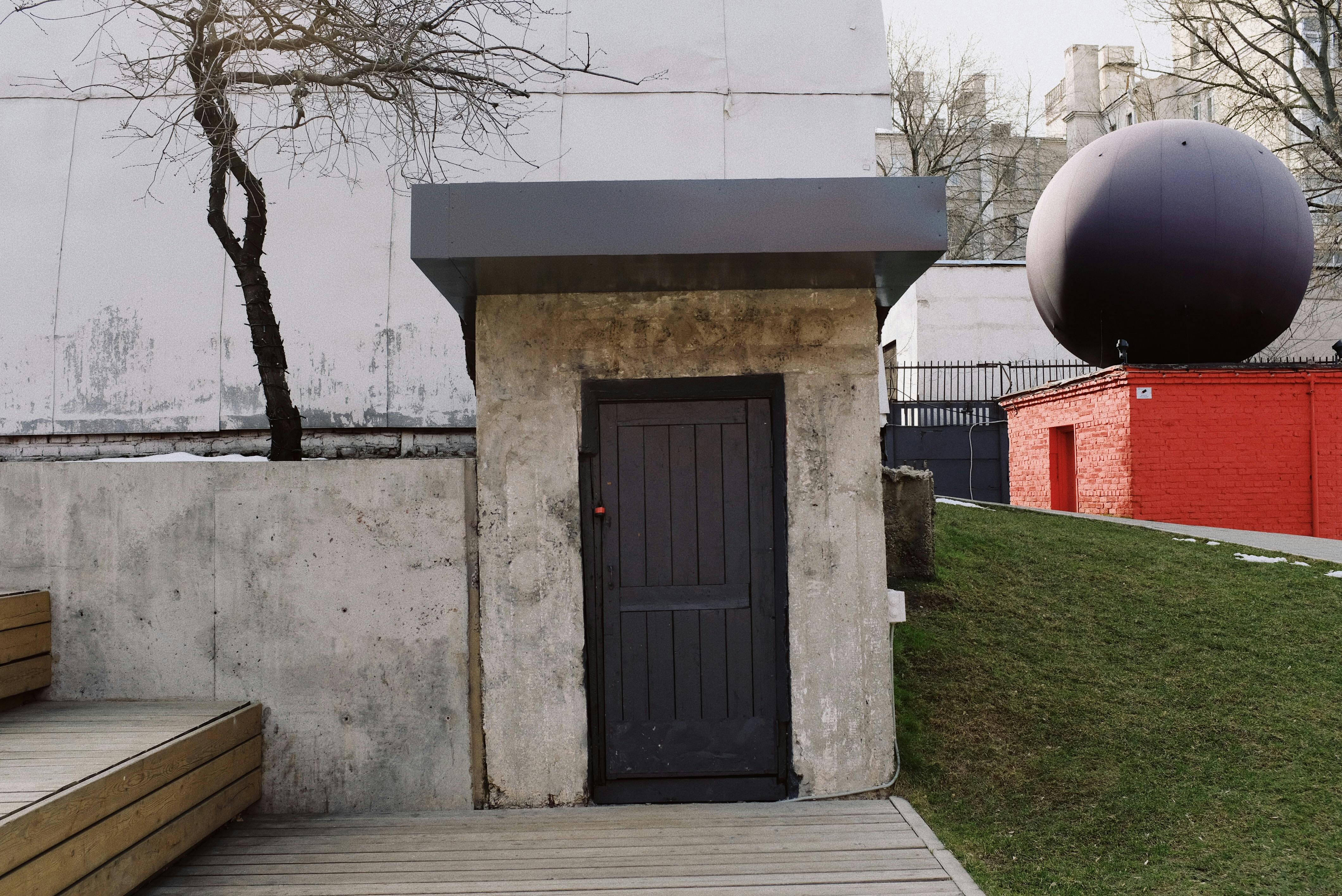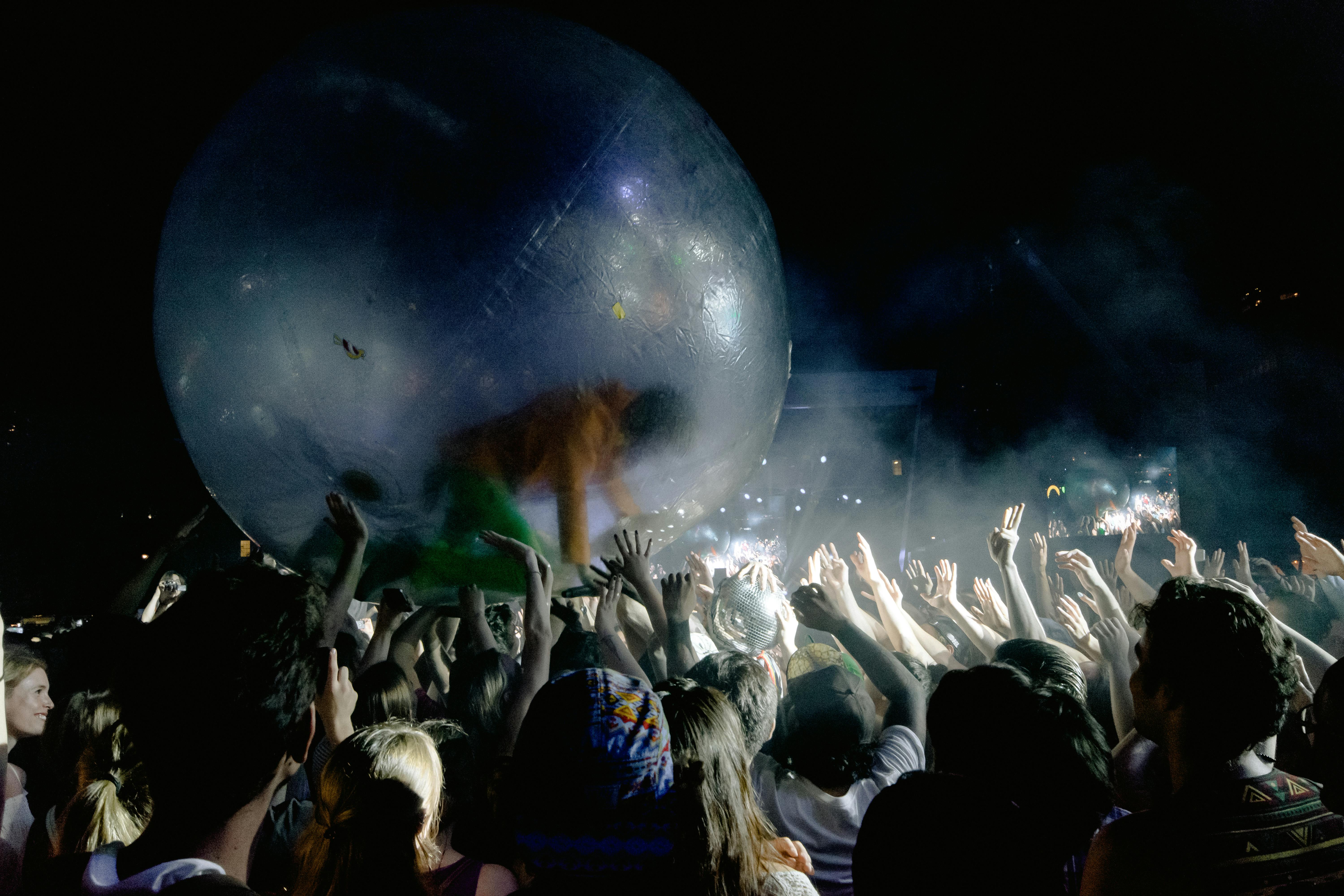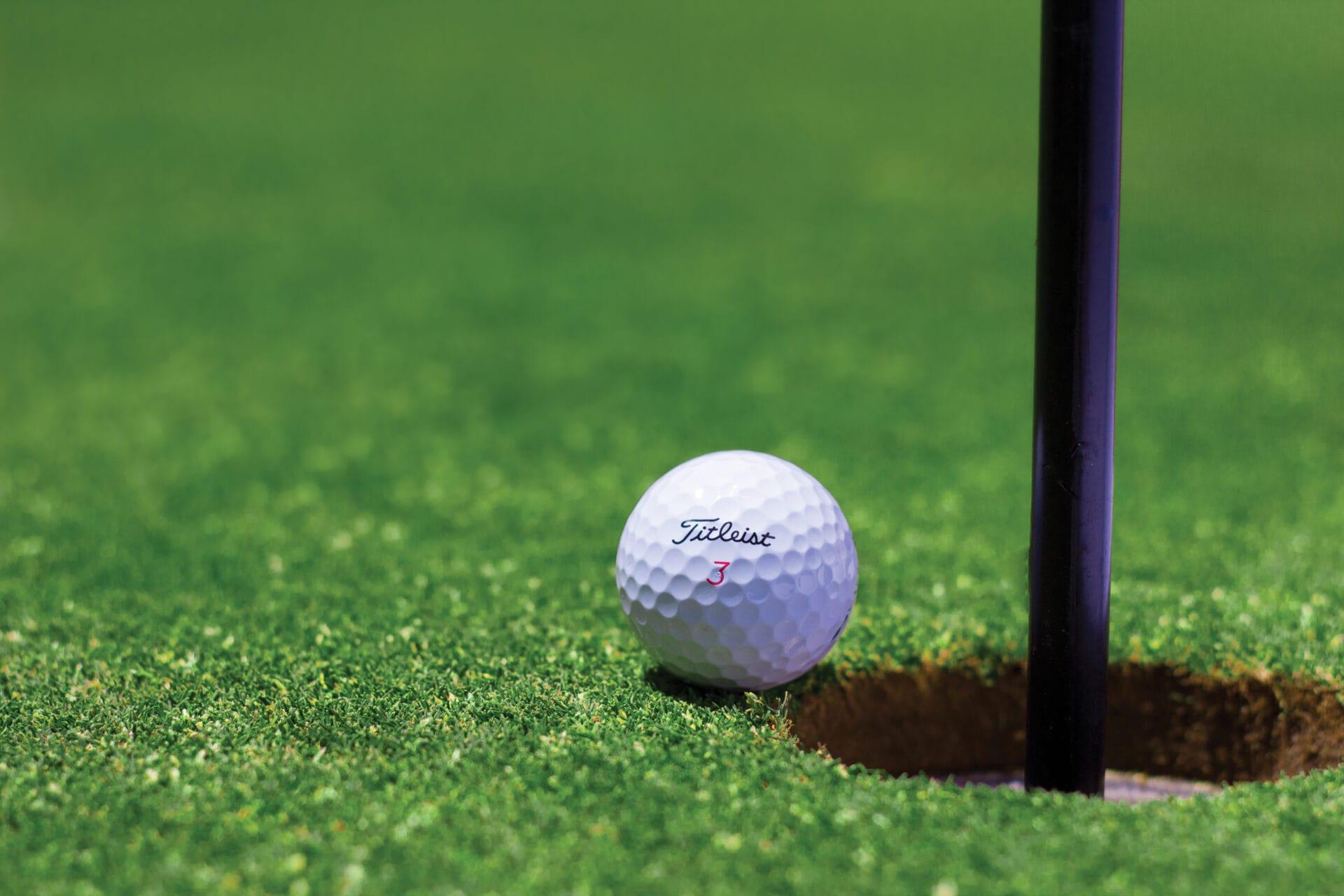Ball pythons are one of the most popular pet snakes in the world. They are known for being relatively easy to care for and having a calm, docile nature. One of the most common questions about long-do-ball-pythons-live/” title=”How Long Do Ball Pythons Live”>ball pythons is how big they get in captivity. In this article, we will explore how big ball pythons get in captivity, and what factors can influence their growth rate.In captivity, ball pythons typically grow to be between 3 and 5 feet long. The average length is usually around 4 feet.
Average Size of a Ball Python in Captivity
Ball pythons are one of the most popular pet snakes in the world. They are relatively small, docile, and easy to care for. But what is the average size of a ball python in captivity?
The average size of a ball python in captivity is between 3-5 feet (90-150 cm). This means that they can comfortably fit into a medium-sized enclosure. Females tend to be larger than males, growing up to 5 feet (150 cm). Males typically reach lengths of 3-4 feet (90-120 cm).
The size of the ball python will depend on its genetics and environment. Ball pythons kept in an optimal environment with plenty of food and the proper conditions can grow to their full potential. Generally, ball pythons reach their full size after about 3 years when kept in captivity.
It is important to keep your ball python’s enclosure large enough for them to grow into it. A good rule of thumb is to get an enclosure that is at least 6 times as long as your snake’s body length. This will allow your snake enough space to move around and explore without feeling cramped or stressed out.
When selecting food for your ball python, make sure you choose items that are appropriate for their size. Juveniles should be fed small prey such as pinky mice or hatchling rats while adults should be fed larger prey such as adult mice or rats. It’s also important to remember not to overfeed your snake, as this can lead to obesity and other health issues.
In conclusion, the average size of a ball python in captivity is between 3-5 feet (90-150 cm). Females tend to be slightly larger than males, reaching lengths up to 5 feet (150 cm). It’s important to provide your snake with an appropriately sized enclosure and choose food that is suitable for its size. With proper care, your ball python can grow into a healthy adult that will bring joy into your home for many years!
Environmental Conditions
The environmental conditions of a captive Ball Python’s enclosure are critical for its growth and development. Proper temperatures and humidity levels must be maintained in the enclosure to ensure the snake’s health and comfort. If the temperature is too low, it can affect the metabolism and growth rate of the snake, while if it is too high, it can cause dehydration and other health problems. Additionally, proper humidity levels are also necessary as Ball Pythons require higher humidity than other species of snakes. If the humidity levels are too low, shedding can be difficult and will reduce the animal’s growth rate.
Nutrition
Nutrition is another important factor in regards to a Ball Python’s growth in captivity. It is important to provide an appropriate diet that meets their nutrient needs. A varied diet should be provided with a mix of rodents such as mice or rats depending on the size of the snake. It is also important to provide food that has been appropriately sized for the snake; otherwise, they may struggle to digest it or have difficulty swallowing it due to its size. Additionally, providing food on a regular basis will ensure that your Ball Python gets enough nutrition for optimal growth.
Stress Levels
Stress levels can also affect a Ball Python’s growth in captivity as stress can negatively impact their overall health. Stress can be caused by factors such as improper handling or overcrowding in an enclosure. It is important to handle your snake properly and provide an adequate amount of space for them to move around comfortably. Additionally, making sure their enclosure is well-ventilated and free from any potential sources of stress will help keep your snake healthy and growing at a steady rate.
Genetics
Finally, genetics play an important role in determining how fast a Ball Python grows in captivity. Some individuals may grow faster than others due to their genetic makeup, so it is important not to compare one individual’s growth rate with another’s as this could lead to unrealistic expectations which could lead to frustration or disappointment if not met. Genetics cannot be changed so it is important to give your Ball Python time and patience so that they can reach their full potential regardless of their genetics.
What Is the Maximum Size of a Ball Python In Captivity?
Ball pythons, also known as Python regius, are a species of python native to parts of Africa. They are popular pets around the world due to their docile nature and attractive coloration. As with most reptiles, ball pythons grow throughout their lives and reach a certain size depending on their environment and genetics. The maximum size for a ball python in captivity is between 3-5 feet (0.9-1.5 meters) in length.
In the wild, some ball pythons can reach up to 6 feet (1.8 meters) in length, but this is extremely rare and not the norm. The average lifespan of a ball python in captivity is between 20-30 years if given proper care and nutrition. They can live up to 40 years under ideal conditions!
The size of the enclosure that you keep your ball python in plays an important role in how large it will grow. It should be at least 3 times longer than the snake itself to give it plenty of room to move around comfortably. Also, make sure it is secure enough so that your pet cannot escape! It’s also important to provide your snake with adequate heating and humidity levels so that it can stay healthy and thrive in its new home.
In conclusion, the maximum size for a ball python in captivity is between 3-5 feet (0.9-1.5 meters). This number can vary depending on the environment and genetics of an individual snake, but generally speaking this is an accurate estimate for its potential size when kept as a pet. Proper care should be taken when housing any reptile species as they are very sensitive creatures that require specific conditions in order to stay healthy and happy!
Measuring the Size of a Ball Python In Captivity
Measuring the size of a ball python in captivity is an important part of understanding the animal’s health and overall wellness. When done correctly, it can help you gauge how much your pet is growing, as well as alert you to any potential health issues that may be present. The most accurate way to measure a ball python in captivity is with a tape measure. Here are some tips on how to measure your ball python correctly and accurately.
First, ensure that your snake is comfortable and calm before attempting to measure them. Once they are relaxed, gently place them on a flat surface so that their entire body is exposed. Next, take the tape measure and begin measuring from the tip of their head all the way down to the tip of their tail. Make sure that you are measuring along the spine and not along the sides of their body. When done correctly, this will give you an accurate measurement of your snake’s total length.
In addition to measuring your ball python’s total length, it’s also important to measure its girth or circumference around its midsection. To do this, wrap the flexible tape measure around your snake’s midsection and note down the measurement once it is snug but not too tight against their body. This will help you get an accurate representation of your python’s size and shape without causing them any discomfort or stress.
Finally, if you want an even more precise measurement of your ball python’s size, you can weigh them using a digital scale or even just use a kitchen scale if needed. This will give you an exact number for how much your snake weighs so that you can monitor any changes in weight over time or address any potential health issues associated with weight loss or gain as soon as possible.
Measuring the size of a ball python in captivity is not only important for understanding their growth rate but also for ensuring they stay healthy and happy while in captivity. By following these steps when measuring your pet snake, you can ensure that you get an accurate reading every time and keep track of any changes in size over time that could indicate underlying health concerns or other issues.

Ensuring Optimum Growth Conditions for a Ball Python in Captivity
Caring for a ball python in captivity requires a few steps to ensure its optimum growth. The environment and diet are essential elements for the successful development of the snake. It is important to maintain a temperate environment, as ball pythons are cold-blooded reptiles and require warm temperatures to survive. To achieve this, an appropriate enclosure is necessary and it should be set up with the correct heating and lighting system. A thermometer should also be placed inside the enclosure to monitor the temperature. The enclosure must also have appropriate ventilation to circulate air and keep humidity levels down. Additionally, substrate such as aspen or cypress mulch should be used to line the bottom of the enclosure.
When it comes to diet, ball pythons should be fed pre-killed or frozen prey items such as mice, rats, or chicks. Live prey should not be offered, as this can lead to injury or death of the snake due to its slow movement and lack of defensive instincts. It is best to feed them every five days and observe their weight closely, adjusting their food intake accordingly if they become overweight or underweight. Additionally, providing a water bowl will help keep your ball python hydrated and healthy.
Monitoring and Assessing Growth of a Ball Python in Captivity
Ball pythons are one of the most popular pet snakes and can make excellent companions. As owners, it is important to monitor and assess the growth of a ball python in captivity. This can be done by keeping track of its size, weight, and other physical characteristics. By doing this regularly, owners can ensure that their pet is healthy and growing as expected.
Regularly monitoring the size of a ball python is essential for assessing its health and growth. Pythons grow rapidly during their first year of life, often doubling or tripling in size within this time frame. After this initial period of rapid growth, they will grow more slowly but steadily over the next few years until they reach their full adult size. It is important to measure the length of your ball python on a regular basis to determine how much it has grown since your last measurement.
In addition to measuring length, tracking your pet’s weight is also important for assessing its health and growth. The average weight for a ball python can vary depending on age and sex, so it is important to consult with an experienced veterinarian or herpetologist regarding what an appropriate weight should be for your specific pet. Weighing your ball python every few months will help you determine if it is gaining or losing weight unexpectedly which could indicate potential health problems.
Finally, there are certain physical characteristics that can be monitored to assess the health and growth of a ball python in captivity. These include things like skin condition (looking for signs of parasites or dehydration), eyes (for signs of infection or irritation), nose (for any discharge), mouth (for any sores or ulcerations), scales (for any discoloration or damage) as well as checking for any unusual lumps or bumps that could indicate an underlying medical issue such as tumors or cysts. By looking out for these physical signs regularly, you will be able to better determine if there are any potential health issues that need further attention from a veterinary professional.
By monitoring the size, weight, and physical characteristics of your ball python regularly, you will be able to better assess its health and growth in captivity. Doing so will help ensure that your pet snake remains in good condition so that it can enjoy many years as part of your family!
What Are the Benefits of Keeping a Ball Python In Captivity?
Keeping a ball python in captivity has many benefits that make them an ideal pet. Ball pythons are relatively easy to care for, they can live up to 20 years in captivity, and their size makes them easy to manage. Additionally, ball pythons have interesting personalities and can form a bond with their owner over time.
One of the primary benefits of keeping a ball python in captivity is that they are relatively easy to care for. Ball pythons are small and do not require large amounts of space or specialized equipment. They also only need to be fed once or twice a week, making them an ideal pet for busy owners who do not have the time or resources to take care of larger animals.
Another benefit of keeping a ball python in captivity is their longevity. These snakes can live up to 20 years with proper care, making them an excellent long-term investment for those looking for a pet that will stay with them for many years. Additionally, even though they grow quite large (up to six feet long!), they remain fairly manageable and do not require too much space or specialized equipment.
Finally, ball pythons have interesting personalities and can form strong bonds with their owners over time. While they may be timid when first getting used to their new environment, they eventually become more trusting and may even enjoy being handled by their owner once they get comfortable. With patience and consistency, ball pythons can become surprisingly affectionate pets!
In conclusion, keeping a ball python in captivity has many benefits that make it an ideal pet choice for both experienced herpetologists as well as first-time reptile owners. These snakes are relatively easy to care for, can live up to 20 years in captivity, remain manageable despite their size, and have interesting personalities that can form strong bonds with their owners over time!

Conclusion
In conclusion, ball pythons can grow to a large size in captivity. They usually reach a length of 3-5 feet, but exceptionally large specimens may reach up to 6 feet. It is important to provide a suitable enclosure and proper care for these snakes to ensure they reach their full potential. Ball pythons exhibit very little aggression and are docile, making them an ideal pet for people of all experience levels. With the right environment and husbandry, they can be healthy and content in captivity for many years.
It is important to remember that individual ball pythons will grow at different rates and may not reach their full size within the same amount of time. It is also essential to provide the proper nutrition, humidity, temperature range, substrate, and enrichment opportunities in order to ensure your snake remains healthy and happy in its enclosure. With proper care and attention, you can enjoy the company of your pet ball python for many years to come!




